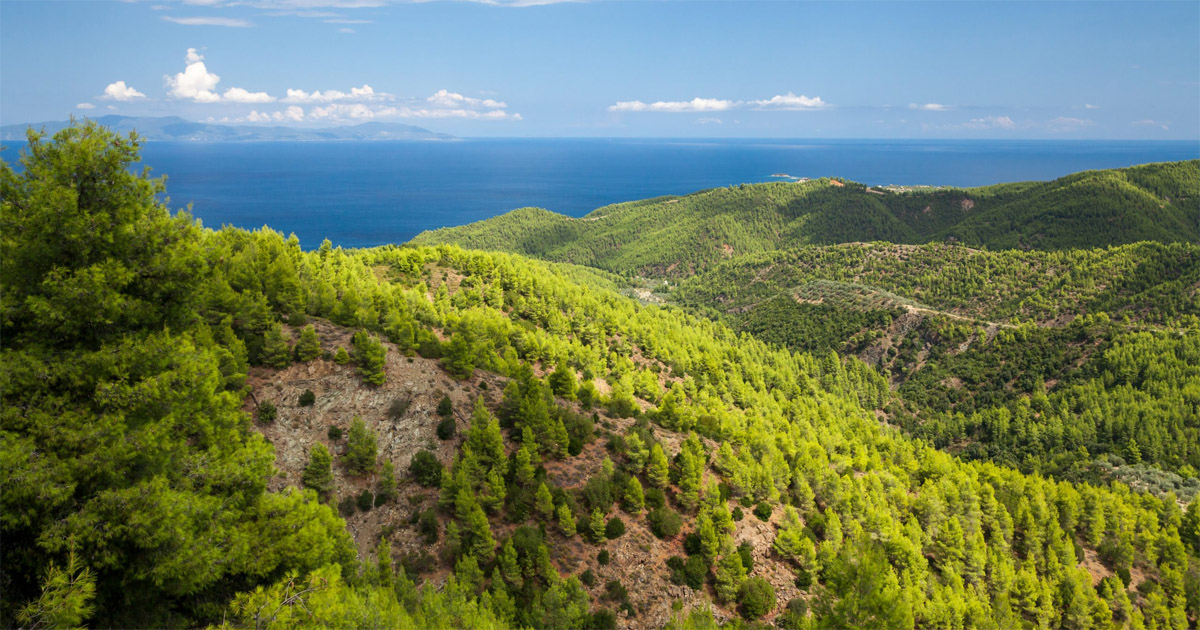Amazon palm swamp peatlands are major carbon (C) sinks and reservoirs. In Peru, this ecosystem is widely threatened owing to the recurrent practice of cutting Mauritia flexuosa palms for fruit harvesting. Such degradation could significantly damage peat deposits by altering C fluxes through fine root productivity, mortality, and decomposition rates which contribute to and regulate peat accumulation. Along a same peat formation, we studied an undegraded site (Intact), a moderately degraded site (mDeg) and a heavily degraded site (hDeg) over 11 months. Fine root C stocks and fluxes were monthly sampled by sequential coring. Concomitantly, fine root decomposition was investigated using litter bags. In the experimental design, fine root stocks and dynamics were assessed separately according to vegetation type (M. flexuosa palm and other tree species) and M. flexuosa age class. Furthermore, results obtained from individual palms and trees were site-scaled by using forest composition and structure.
Download:
DOI:
https://doi.org/10.1186/s13021-021-00197-0
Altmetric score:
Dimensions Citation Count:
























